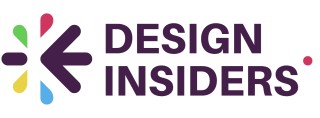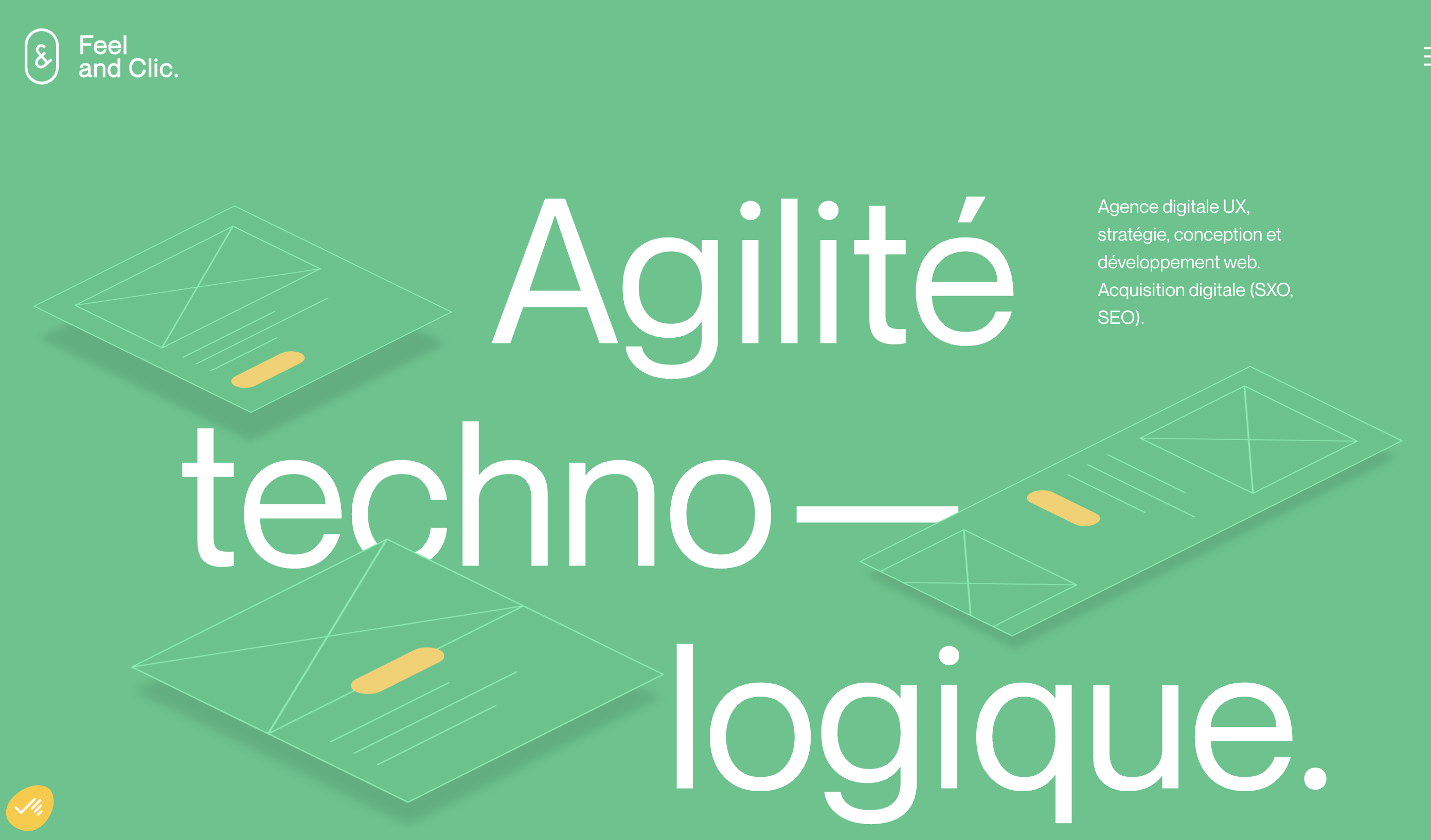
Understanding the Need for Adobe InDesign Alternatives
Why Consider Alternatives to Adobe InDesign?
Adobe InDesign has long been a staple in the design community, renowned for its robust features and versatility in desktop publishing. However, not every designer finds it to be the perfect fit for their needs. Whether it's due to cost, platform compatibility, or specific feature requirements, exploring alternative software solutions can be beneficial.
One of the primary reasons designers seek alternatives is the cost associated with Adobe's subscription model. While InDesign offers a comprehensive suite of tools, the recurring fees can be prohibitive, especially for freelancers or small businesses. Additionally, some users may only require basic publishing features, making the full suite of InDesign's capabilities unnecessary.
Platform compatibility is another consideration. While Adobe InDesign is available on both Windows and macOS, some designers prefer software that also supports Linux. This is where open-source solutions like Scribus come into play, offering a free version that runs on multiple operating systems.
Moreover, the learning curve associated with Adobe InDesign can be steep for new users. Alternatives often provide a more intuitive user experience, allowing designers to create and publish without extensive training. This can be particularly appealing for those who need to produce content swiftly for social media or other digital platforms.
Lastly, the need for specific features or file formats can drive the search for alternatives. Some designers might prioritize tools that offer unique templates or better integration with other software. In the following sections, we'll delve into both free and paid alternatives, comparing their features and usability to help you find the best fit for your design needs.
Top Free Alternatives to Adobe InDesign
Free Alternatives to Elevate Your Design Projects
Exploring robust alternatives to Adobe software can open new doors for designers who either cannot afford costly subscriptions or wish to experiment with different design tools. Fortunately, the market offers several free Adobe InDesign alternatives that cater to varying user needs across Windows, macOS, and Linux platforms.- Scribus: This open-source tool is arguably the most well-known indesign alternative. Scribus supports cross-platform use, making it a versatile option for macOS, Windows, and Linux users. With features supporting high-quality PDF creation and a variety of file formats, it's a powerful publishing software despite its free status. Although it lacks the seamless Adobe ecosystem integration, users find its capabilities suitable for basic desktop publishing.
- Affinity Publisher: While offering a paid version, Affinity provides free trials for their suite of design tools. Affinity Publisher is known for its intuitive user interface and compatibility with Windows and macOS. Although not completely free, it’s a cost-effective choice compared to the adobe indesign subscription.
- Swift Publisher: For those fully committed to macOS, Swift Publisher offers a free version with sufficient features for creating basic layouts and social media posts. Designed specifically for design and publishing tasks, it provides easy-to-use templates perfect for beginners.
Paid Software Solutions Comparable to Adobe InDesign
Premium Counterparts to Explore
When it comes to exploring alternatives to Adobe InDesign, some designers might be prepared to invest in paid software solutions. These tools often provide a more comprehensive feature array, making them worthy investments for professionals.1. Affinity Publisher
Affinity Publisher is frequently mentioned as a top contender against Adobe InDesign. Known for its intuitive interface, Affinity Publisher offers robust tools and smooth layouts. It is available on Windows, macOS, and soon, a macOS Linux version is expected. While not free, Affinity Publisher is a one-time purchase, which many find more economical than subscription-based models. Its growing community regularly shares templates and design tips, making it a popular choice in the creative sector.2. Swift Publisher
Swift Publisher is another stellar option tailored towards macOS users. It's versatile, allowing users to create brochures, newsletters, and menus with ease. Although it might not have all the high-end features of Adobe InDesign, it remains a powerful tool for small to medium-sized projects. Swift Publisher emphasizes user-friendly interaction, making the learning curve less steep for new entrants.3. QuarkXPress
QuarkXPress stands out with its rich history in desktop publishing, competing closely with Adobe InDesign in the best publishing software segment. It's equipped with strong graphic design features, advanced typography controls, and supports modern file formats. Though not the cheapest alternative, its far-reaching capabilities justify the investment for many professional users. Navigating the financial aspects of choosing the right design tool can be challenging, many designers look for unlocking financial support for inclusive design. These premium choices essentially bring to the table a mix of affordability and enhanced features. Each comes with its own learning curve, but dedicated customer support and communities often help bridge the user experience gap. For designers on the lookout for more advanced tools beyond free options, weighing up these alternatives presents a compelling proposition.Feature Comparison: Adobe InDesign vs. Alternatives
Assessing Features and Capabilities
When considering alternatives to Adobe InDesign, it's vital to delve into how these options stack up in terms of features and capabilities. Here's how some popular alternatives compare:- Scribus: This open-source desktop publishing software operates on Windows, macOS, and Linux. It offers a variety of templates and supports a wide range of file formats. However, its interface might feel dated compared to Adobe InDesign.
- Affinity Publisher: Known for its powerful design tools, Affinity Publisher rivals InDesign's capabilities. It's a paid solution offering robust text styling and layout features. It's also available for both Windows and macOS, providing a seamless transition for many users.
- Swift Publisher: This macOS-exclusive software provides an affordable alternative for users focusing on simpler projects. It’s best suited for tasks like business cards and social media graphics but may fall short for more complex desktop publishing needs.
- Microsoft Publisher: Included in Microsoft Office, primarily for Windows users, this software suits those with basic desktop publishing requirements. Its feature set is less comprehensive than InDesign's but sufficient for casual projects.
User Experience and Learning Curve
Evaluating the Experience with Different Tools
When it comes to desktop publishing software, one vital aspect that designers consider is the user experience and the learning curve associated with each option. For those transitioning away from Adobe InDesign, understanding these elements in alternative tools can significantly influence decision-making. Integrating new design software into your workflow often demands time investment and adaptation. Free alternatives like Scribus and open source tools offer a cost-effective way to explore new platforms, although they might present different interfaces and methodologies compared to Adobe's offerings. Users accustomed to Adobe may find Scribus requires some acclimation due to its distinct layout engine and toolkit. Nonetheless, its templates and extensive community support have helped many make the transition smoothly. Paid software solutions such as Affinity Publisher and Swift Publisher also compete in this realm, with some users finding their layout and design features more akin to InDesign. Affinity Publisher, for instance, has made a name for itself with a robust set of tools and features that appeal to professionals seeking an affordable yet powerful publishing software. Its learning curve is less steep for those already familiar with design interfaces like Adobe InDesign, making it a compelling choice for design work on both Windows and macOS. On the other hand, Microsoft Publisher remains a reliable option for users integrating design work with Microsoft's suite, although it’s less frequently mentioned as a competitor to professional design software like InDesign. However, its ease of use can be attractive for newcomers prioritizing swift output for social media or other straightforward design needs. When choosing the best tool as an alternative to InDesign, weighing each software's user experience becomes crucial. Consider factors such as file format compatibility, the availability of community support, and access to a free trial. This will ensure you align your choice with your specific publishing and design needs, whether you're creating complex layouts or engaging social media graphics.Choosing the Right Tool for Your Design Needs
Finding the Best Software for Your Design Projects
Selecting the right tool for your design needs involves weighing various factors. Adobe InDesign, renowned for its sophisticated features and user-friendly interface, remains a favorite among many design professionals. However, considering free and paid alternatives can broaden your possibilities and match different budget requirements.Weighing Costs and Features
- Free Alternatives: For those aiming to save costs, free software like Scribus offers a solid platform. Its open-source nature provides flexibility across Windows, macOS, and Linux, though it may not deliver all features available in InDesign.
- Paid Alternatives: Affinity Publisher and Swift Publisher offer competitively priced alternatives with robust tools comparable to InDesign's suite. These can be ideal choices for users comfortable with a one-time purchase model.
Evaluating User Experience and Learning Curve
The familiarity of Adobe software and its integration across the Creative Cloud can be a significant advantage. However, the usability of alternatives should not be discounted:- Scribus may require navigating an open-source interface, which could be less intuitive for those accustomed to Adobe’s polished environment.
- Affinity Publisher combines simplicity with professional-grade capabilities, maintaining a shorter learning curve than some might expect from a non-Adobe product.














